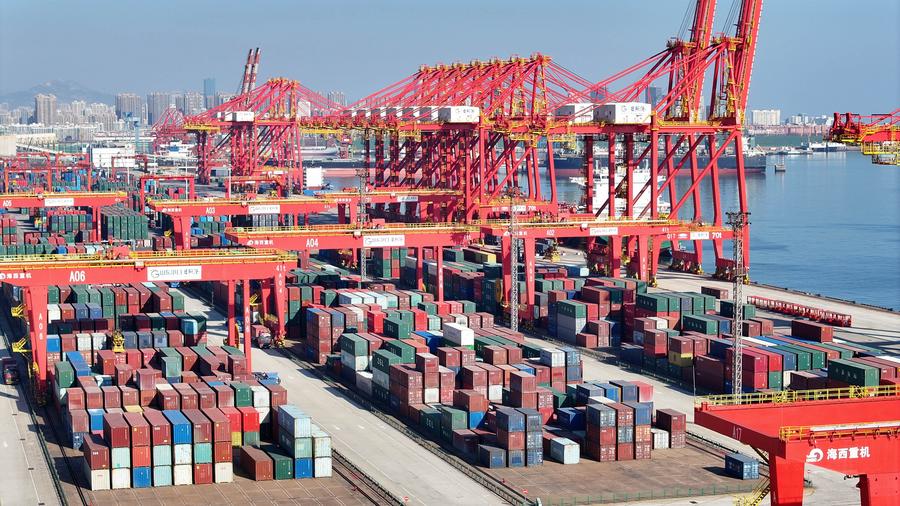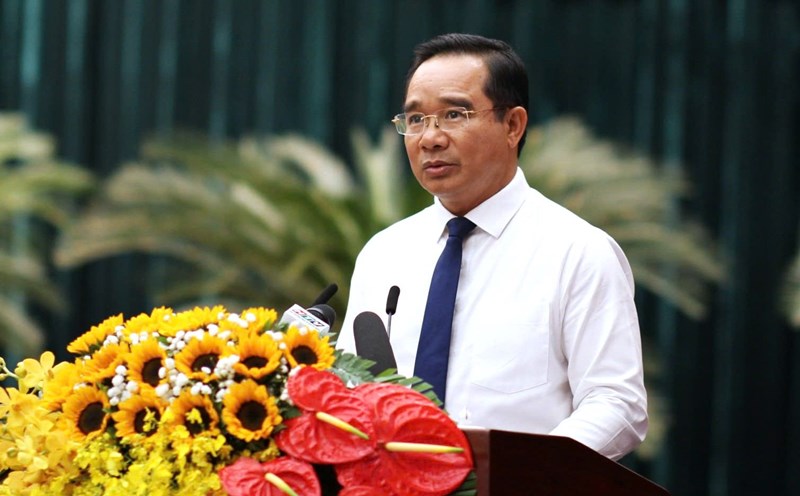Today is a big day: counterpart taxes, Trump wrote on social media before making a statement on February 13.
Reuters quoted a White House official as saying that the tariffs will not take effect immediately but will be implemented in the next few weeks, after the Trump administration's economic and trade team completed reviewing bilateral trade relations.
The US will prioritize handling of most serious cases, including countries with large trade surpluses with the US and imposing the highest tariffs on US goods. Measures will also deal with non-tax barriers such as strict regulations, value-added tax (VAT), government subsidies and exchange rate policies that make it difficult for US exports.
Howard Lutnick, Trump's nominee for Secretary of Commerce, said he expects the review to be completed by April 1. From April 2, President Trump will decide when to issue any new recommended tariffs.
While this action could spark a global trade war, the White House official said it was also a lever to force countries to sit at the negotiating table. Mr. Trump is ready to reduce taxes if other countries also reduce taxes on the US.
The president would be happy to lower taxes if other countries do the same. But in fact, high taxes are not the only problem the non-tax barriers are worse, the US official said.
The main targets include China, Japan, South Korea and the European Union (EU). India could also be one of the first hot spots in Mr Trump's tariff plan. The Trump administration will not apply a simultaneous tax policy but will have a customized approach for each country.
The new wave of tariffs has raised concerns in the global market about an escalating trade war, increasing inflationary pressures in the US.
Currently, the Trump administration has imposed tariffs on all imported steel and aluminum since March 12. Additional tariffs of 10% on Chinese goods; temporarily postpone the tariffs on goods from Canada and Mexico for 30 days.

Mr. Trump is also considering imposing separate tariffs on cars, semiconductors and pharmaceuticals, causing deep concern in the business community.
Trade experts say that implementing countervailing taxes will be a huge problem, because each country has thousands of different tax rates.
Mr. Trump can cit many laws, including: Section 122 of the 1974 Trade Act - allowing a maximum tax rate of 15% for 6 months; Section 338 of the 1930 Tax Act - allowing sanctions for countries with trade discrimination against the US; The International Emergency Economic Committee (IEEPA) Act - was once used by Mr. Trump to impose tariffs on China.
While the US Congress typically decides on tariffs, the White House is pushing for the plan in an accelerated manner.











